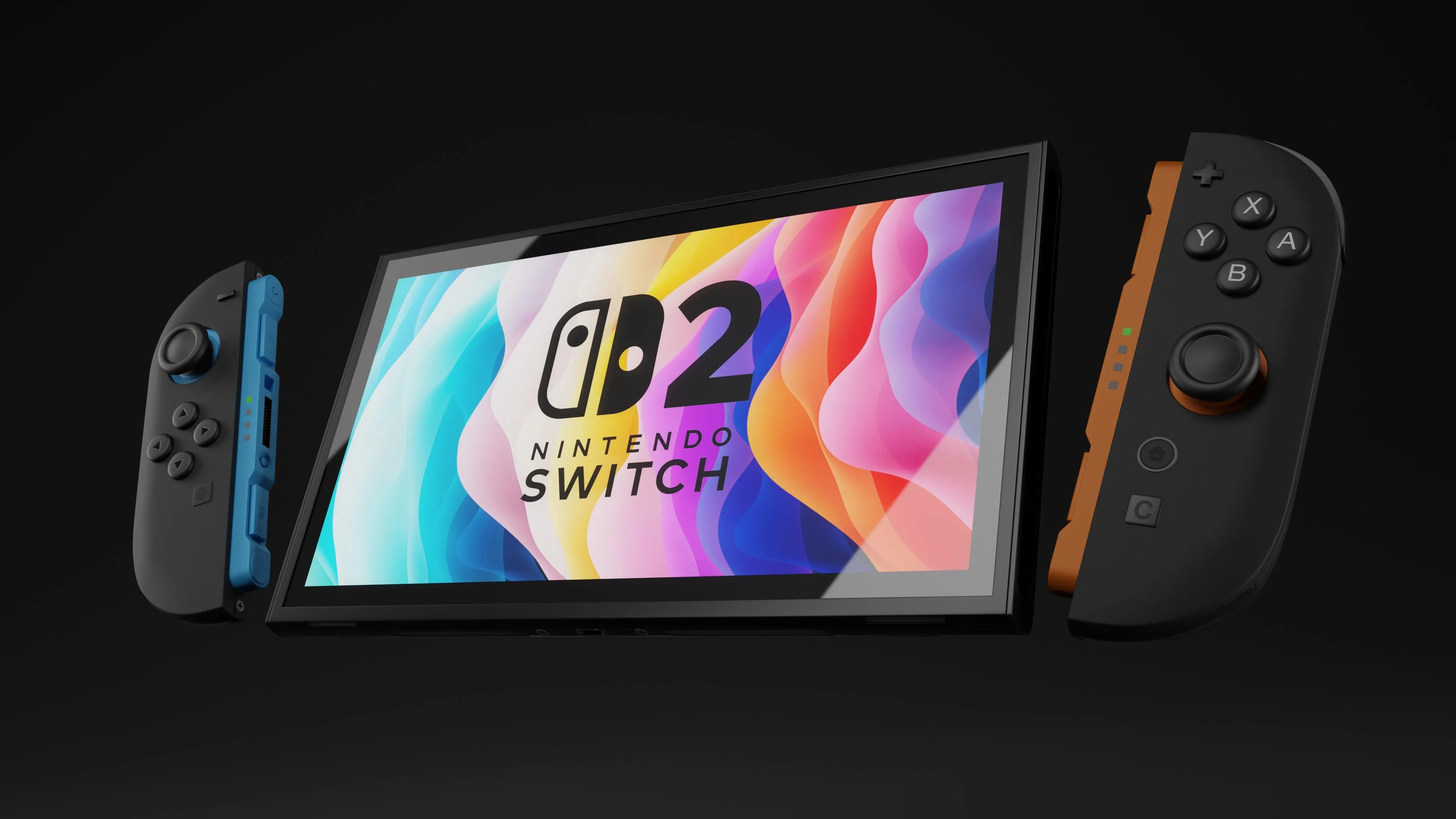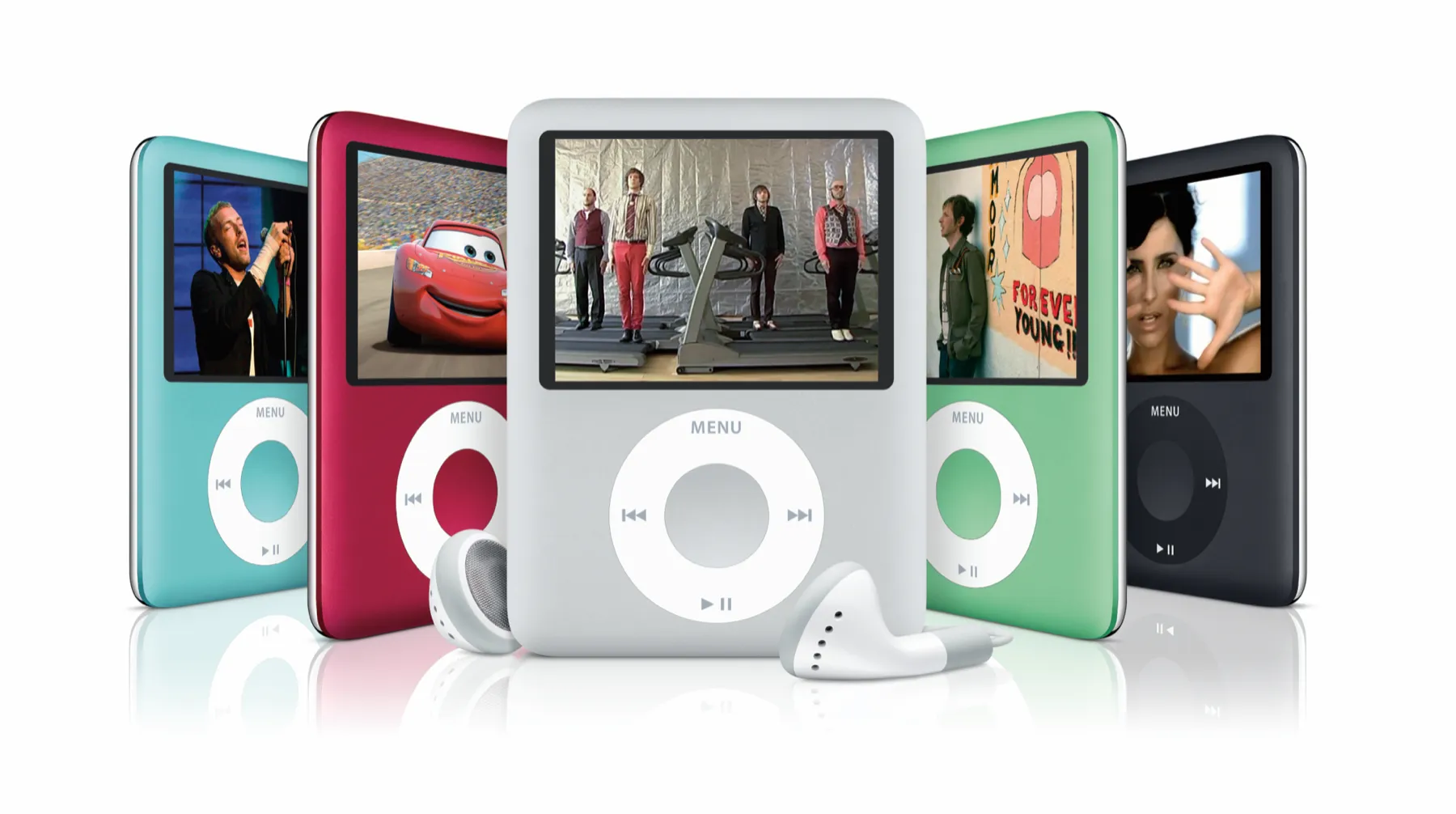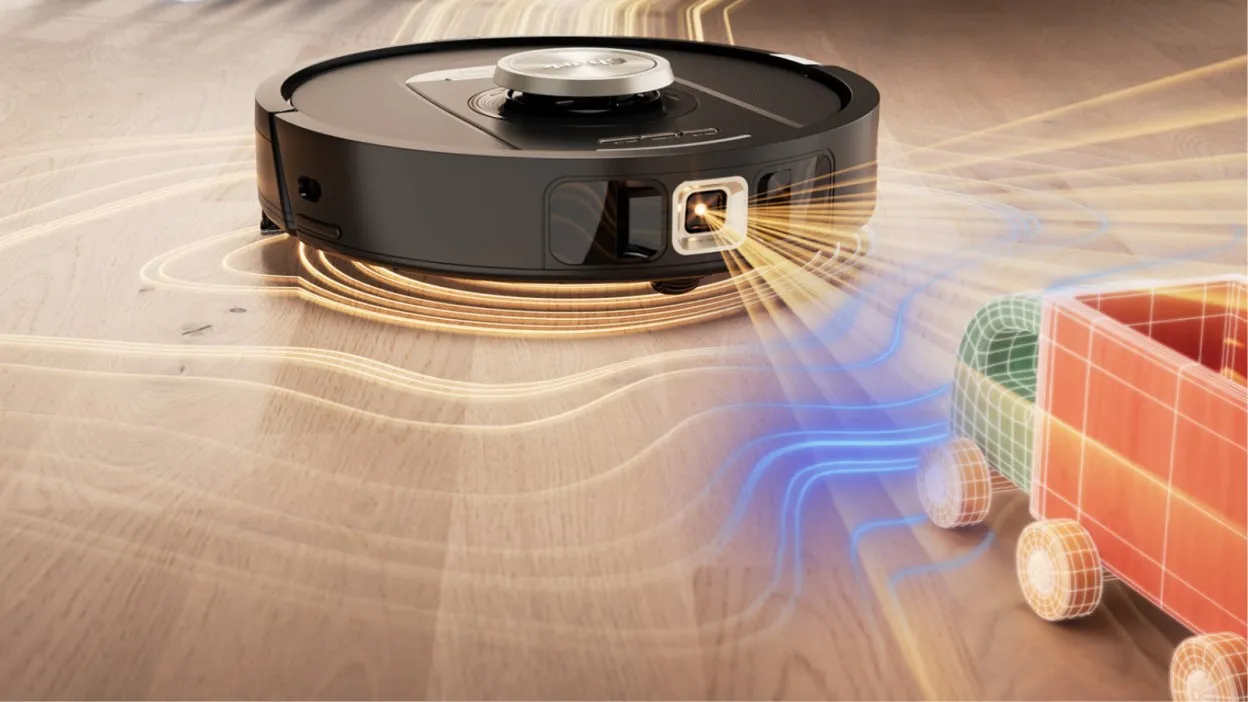In a world dominated by large, feature-packed mirrorless and DSLR cameras, the Ricoh GR III stands out as a minimalist’s dream. Designed for street photography and spontaneous shooting, this compact camera has earned cult status among photography purists. Whether you're a traveling creative or an urban explorer, the Ricoh GR III offers image quality and performance that punches well above its weight.
Let’s explore what makes the Ricoh GR III, along with its variations like the Ricoh GR IIIx and Ricoh GR III HDF, a must-have in any photographer’s gear list.

The Legacy of the Ricoh GR Series
Before diving into the specifics of the Ricoh GR III, it’s important to understand its roots. The Ricoh GR Digital III, released back in 2009, laid the groundwork for the series. With its compact body, fast f/1.9 lens, and emphasis on manual controls, it quickly became a cult classic. Ricoh has since evolved the line, focusing on refining image quality and usability while keeping the GR’s iconic minimalism intact.
Ricoh GR III Overview: Small Camera, Big Sensor
The Ricoh GR III combines pocketability with serious photographic muscle. It features a 24.2MP APS-C CMOS sensor, fast hybrid autofocus, and an 18.3mm f/2.8 lens (equivalent to 28mm in full frame), all housed in a body that fits in your jeans pocket.
Key Specifications:
-
Sensor: 24.2MP APS-C CMOS (no low-pass filter)
-
Lens: 18.3mm f/2.8 (fixed focal length)
-
Stabilization: 3-axis sensor-shift Shake Reduction
-
ISO Range: 100–102400
-
LCD Screen: 3-inch touchscreen
-
Connectivity: Wi-Fi & Bluetooth
-
Storage: 2GB internal memory + SD card slot
What sets the GR III apart is its balance between portability and pro-level image quality, especially in well-lit street and documentary photography scenarios.

Ricoh GR III HDF: What’s New?
In 2024, Ricoh introduced the Ricoh GR III HDF—an updated version that adds a new Highlight Diffusion Filter (HDF). This innovative filter softens highlights for a more filmic, atmospheric look. The rest of the hardware remains largely unchanged, but this small optical tweak gives photographers a unique creative tool straight out of the camera.
Ricoh GR III vs GR III HDF:
| Feature | GR III | GR III HDF |
|---|---|---|
| Image Sensor | 24.2MP APS-C | 24.2MP APS-C |
| Lens | 18.3mm f/2.8 | 18.3mm f/2.8 + HDF |
| Output Style | Crisp, Sharp | Soft, Cinematic |
| Ideal Use | Documentary, Street | Portrait, Mood shots |
Photographers who want a more analog, nostalgic feel will find the GR III HDF a game-changer.
Ricoh GR IIIx: Zooming into 40mm Territory
While the original GR III focuses on a 28mm equivalent focal length, Ricoh expanded the lineup with the Ricoh GR IIIx, which offers a 26.1mm lens (equivalent to 40mm in full frame). This subtle but impactful change caters to photographers who prefer a tighter field of view—great for environmental portraits, detail shots, or cityscapes.
GR III vs GR IIIx:
| Feature | GR III | GR IIIx |
|---|---|---|
| Focal Length | 18.3mm (28mm equiv) | 26.1mm (40mm equiv) |
| Use Case | Wide, Street Shots | Portraits, Lifestyle |
| Size/Weight | Nearly identical | Slightly heavier |
Both models share the same sensor, interface, and build, so choosing between them largely depends on your preferred composition style.

Image Quality and Performance
The Ricoh GR III series is lauded for its incredible image output. Thanks to the large APS-C sensor and fast prime lens, you get sharp images with beautiful detail, excellent dynamic range, and solid performance even at high ISOs.
The camera’s Snap Focus feature is particularly beloved in street photography circles. It lets you pre-set a focus distance and shoot instantly—ideal for fast-paced street scenes where timing is everything.
In terms of video, the GR III is limited to Full HD at 60fps, making it more of a stills-first camera. If video is your priority, you may need to look elsewhere.
Portability and Build Quality
At just 257 grams (with battery and SD card), the Ricoh GR III is among the most lightweight and portable cameras with an APS-C sensor. Its magnesium alloy body is sturdy, and the matte finish offers excellent grip. It’s not weather-sealed, but it’s robust enough for daily use.
Its understated design is also a plus—this is a camera that doesn’t draw attention, allowing you to blend in and shoot discreetly.
Who Is the Ricoh GR III For?
-
Street Photographers: Its size, speed, and Snap Focus make it a street shooter’s dream.
-
Minimalists: No clutter, no zoom—just the essentials for pure photography.
-
Travelers: Compact but powerful, great for travel documentaries or everyday adventures.
-
Analog Film Lovers: Especially with the GR III HDF, the output mimics the nostalgic charm of film.
Ricoh GR III Price and Availability
The Ricoh GR III price typically ranges between $900–$1,000 USD, while the Ricoh GR IIIx and GR III HDF come in slightly higher, depending on regional availability and accessories. You can find Ricoh GR III for sale at most major retailers, or explore secondhand options for even better value.
The GR III Stands Alone
The Ricoh GR III isn’t trying to compete with full-frame giants or flashy zoom monsters. Instead, it carves a niche as a reliable, high-quality, pocket-sized tool for photographers who value simplicity, speed, and sharpness.
Whether you go with the original GR III, the 40mm Ricoh GR IIIx, or the dreamy GR III HDF, you’re investing in a timeless piece of gear that emphasizes creativity over complication.




